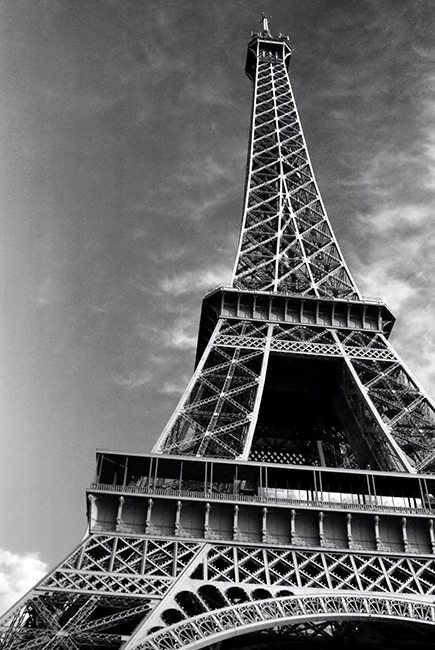S
tewardship, or "the management of another's property, finances, or other affairs" is what architecture is all about. The property of others is in our hands, and we have to take into account everything that may affect. Finances, lifestyles, and many other important aspects of life revolve around it.
Most design follows certain guidelines, trying to resemble it's surrounding buildings or environment. In that sense a
community, "a particular area or space considered together with it's inhabitants," is created; but it is by using unique design that still connects with it's surroundings that we can be
innovative. This idea of suburbia where people live in eerily similar houses that are designed in such a way that you have no obligation to ever know the people you live next to is truly creepy.

Innovation, "a new method, idea or product," is how we move forward as a culture or civilization. If anything from this class i've learned that design is about innovation. This innovation can be achieved by taking from past designs and changing them to fulfill the function that is needed for our culture today. One building that i feel fulfills this idea of "innovation" is The Whitney Museum of Art in New York.

(Image taken from:
http://www.visitingdc.com/images/whitney-museum-address.jpg)
This Whitney Museum of American Art is made out of similar materials as its neighboring structures, but has a very unique shape so that it stands out. It is distinguishable from the other buildings.
The authenticity, "of undisputed origin," of past designs shows what is necessity and what is plainly for aesthetics, so by studying past designs we can decide for ourselves what we need, and what should be changed.
Monticello is a great example of the authentic design of the past that we should draw from. For the time period for which it was built it was extremely innovative with it's functionality and aesthetic value and today we draw from Jefferson's techniques of evaluation of what's needed.











 (Image taken from: http://www.jazzguitarzone.com/jazzcity.jpg)
(Image taken from: http://www.jazzguitarzone.com/jazzcity.jpg) (Image taken from: http://www.analogartsensemble.net/blog/rubberband.jpg)
(Image taken from: http://www.analogartsensemble.net/blog/rubberband.jpg)
 (Image taken from: http://www.salotteries.com.au/library/Telephone-results.jpg)
(Image taken from: http://www.salotteries.com.au/library/Telephone-results.jpg) (Image taken from:http://www.notonthehighstreet.com/uploads/partners/Papilio/500/1685_pair_of_ceramic_door_knobs_in_
(Image taken from:http://www.notonthehighstreet.com/uploads/partners/Papilio/500/1685_pair_of_ceramic_door_knobs_in_
 Although I don't get to see mine very often, being an I.Arc major, i think that a bed is my favorite thing.
Although I don't get to see mine very often, being an I.Arc major, i think that a bed is my favorite thing. 


 (Image taken from: http://www.visitingdc.com/images/whitney-museum-address.jpg)
(Image taken from: http://www.visitingdc.com/images/whitney-museum-address.jpg)